My gloomy prediction for the feature of Leica’s 24-megapixel sensors in last week’s article could well have been overly pessimistic. I’ve now learned that Leica intends to continue with 24MP rangefinders for the foreseeable future. And there is even talk of a new 24MP camera. This is excellent news because I believe there will continue to be a demand for lower-density sensors and the smaller file size that goes with them.
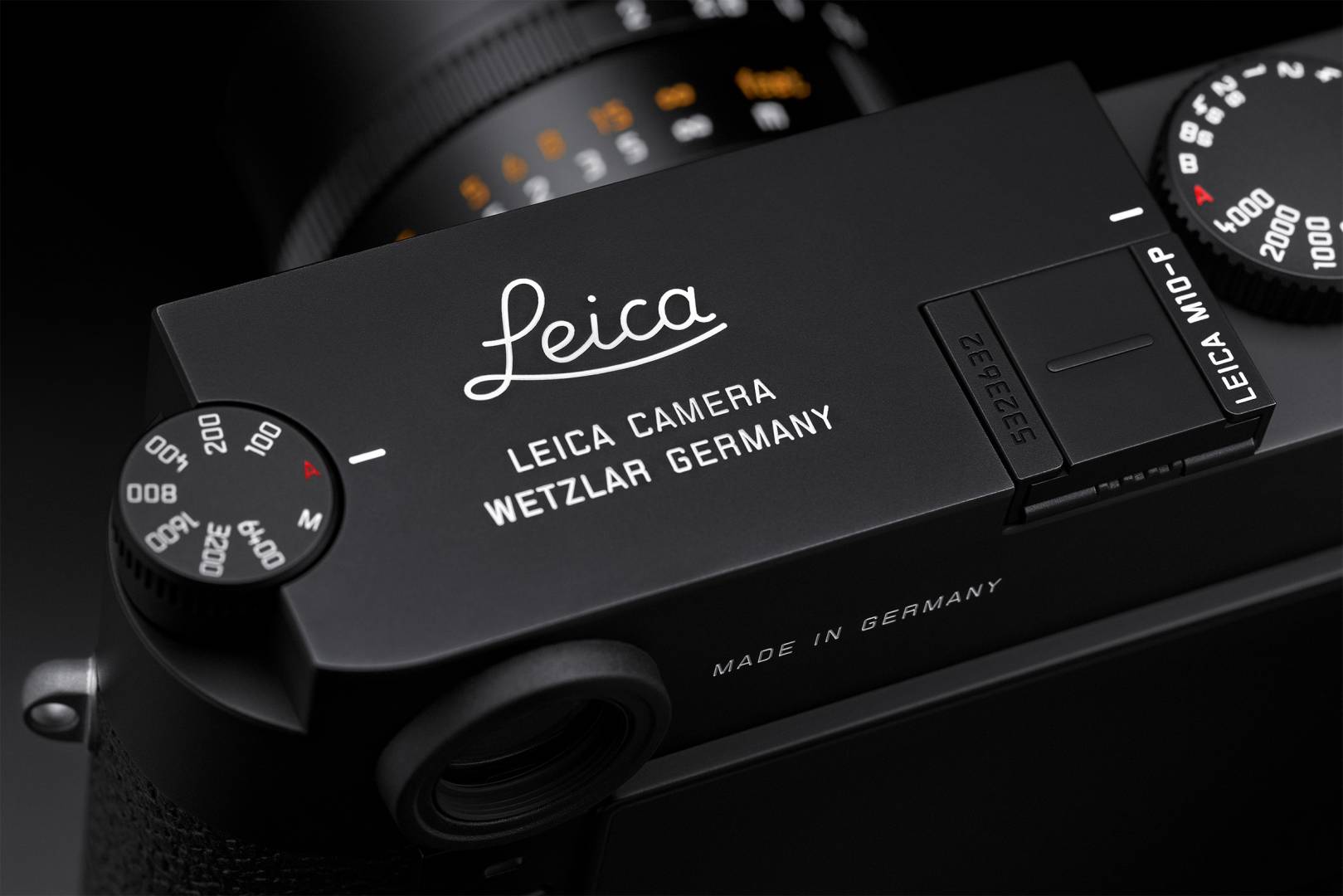
Our contacts in Germany, who keep a close ear to the trade, have been doing some digging and are pretty sure that it is not Leica’s intention to withdraw the current M models following the arrival of the M10-M and M10-R. Instead, the wider range will continue in production, and there could even be some surprises in store. It is possible, however, that the factory could continue with the 24MP M10-P in preference to the base M10, but that’s just my conjecture since too many models add a degree of confusion to the sales offering.
M10-D
On a less happy note, however, it does appear I was right that one model in the range, the M10-D, is nearing the end of its life, allegedly following low demand. Now is the time to grab one of these unique screen-free rangefinders if it takes your fancy. I predict it will become a classic and will hold its value better than the M10.
Nevertheless, I will be very disappointed if this rumour turns out to be true. I think the concept of a simple, screenless digital camera was spot on. I’ve been a supporter ever since the M60 Special Edition was introduced in early 2015. The M10-D, with its M7 dimensions and film-camera appearance, is one of the finest digital cameras Leica has produced.
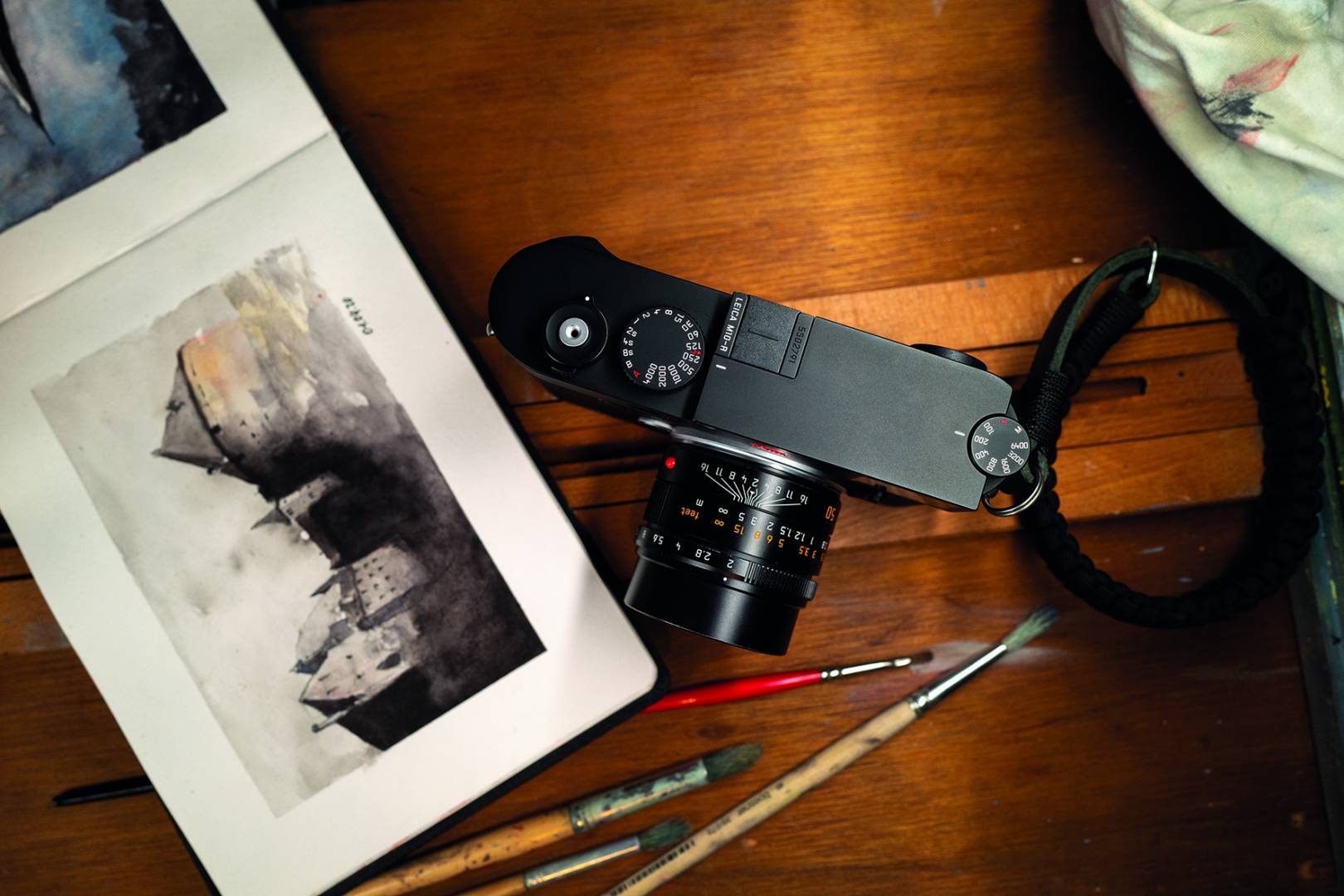
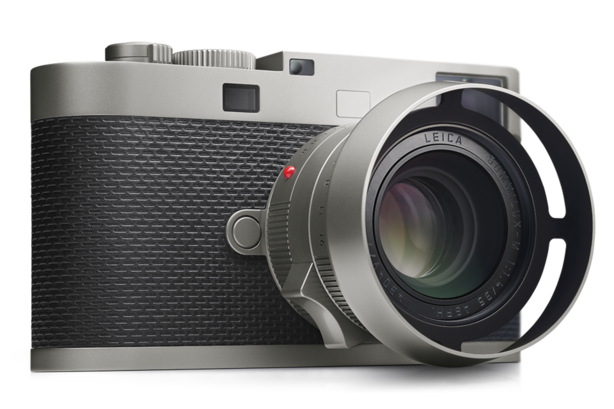
The new 40.89MP sensor for the M is seen as an addition to the M10 models, rather than as a replacement. It was due to be introduced earlier this year. Indeed, I first heard rumours of the model towards the end of last summer. It was apparently always intended to run alongside the 24MP sensor. Unfortunately, plans for an early 2020 launch were shelved because of the pandemic. Oddly, it was the monochrome version that arrived first, in the face of established tradition.
There’s no more news on the forthcoming M11, and I stick by my forecast that it will not appear before 2022. I now also believe it is too early to assume that the new range will house the existing 40.89MP high-resolution sensor. Perhaps something new will be needed to put the most alluring icing on the M11 cake.
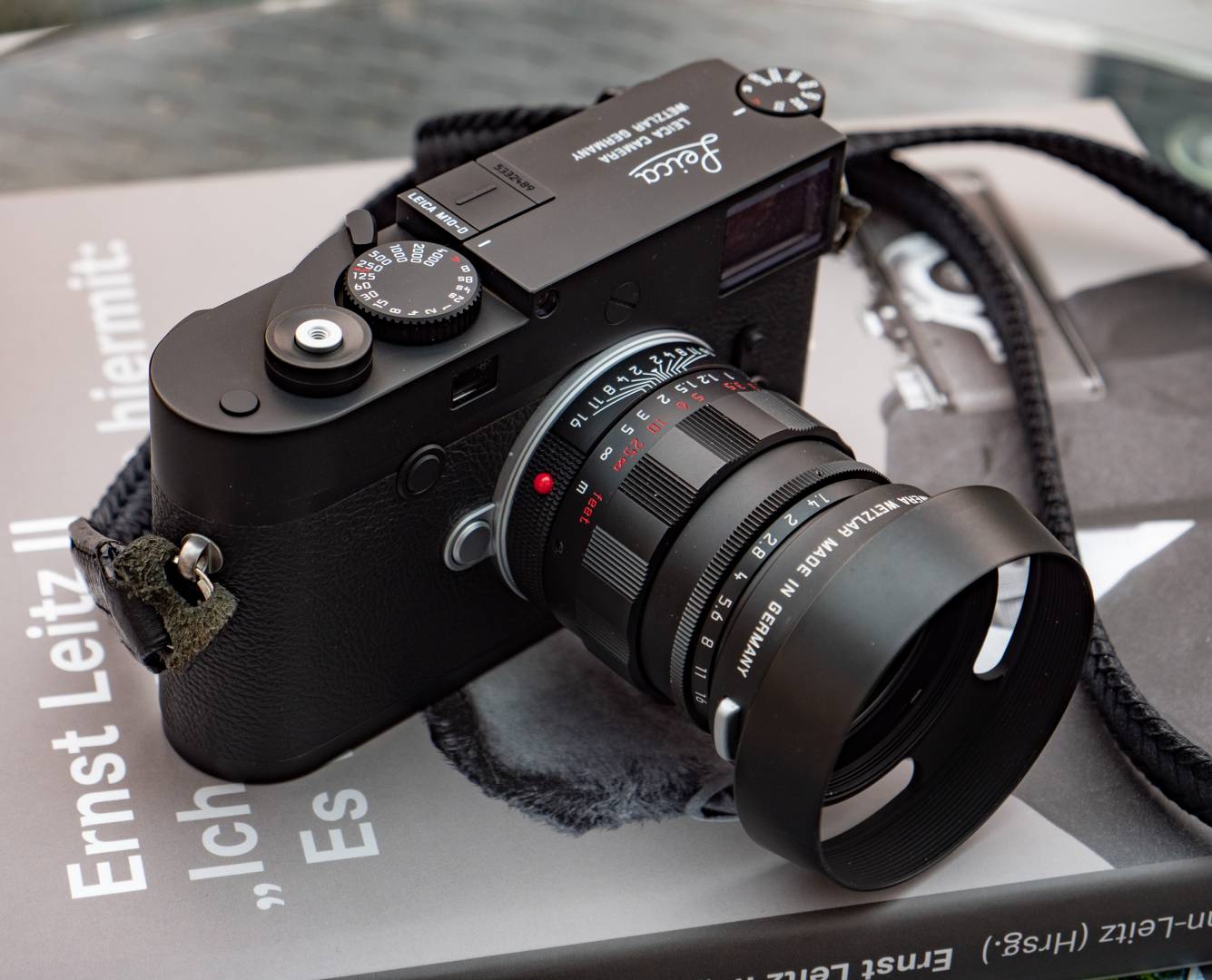
If Leica is putting more effort into the 24MP sensor, including introducing another new camera, that is all very positive. I had feared that production capacity would have meant withdrawing the current M10 and M10-P. However, I believe many buyers will prefer to stick with the lower-density sensor. I am not convinced that users of M cameras, in particular, really want constant sensor upgrades. For me, 24MP is a sweet spot and I will be sticking with my M10-D for when I want a rangefinder hit. I have the SL2 and Q2 to satisfy any lust for higher resolution.
Farewell Q and SL
In this respect, it was disappointing that Leica decided not to continue the 24-megapixel Q and SL when the new models were introduced. There would still be demand, I am sure. Perhaps there had to be a break because of the new control layout of the higher-resolution cameras, but presumably it wouldn’t be too much of a problem to fit the 24MP into the new bodies. If it weren’t for production constrains – after all, Leica is a small manufacturer – I would be hoping for such a development.
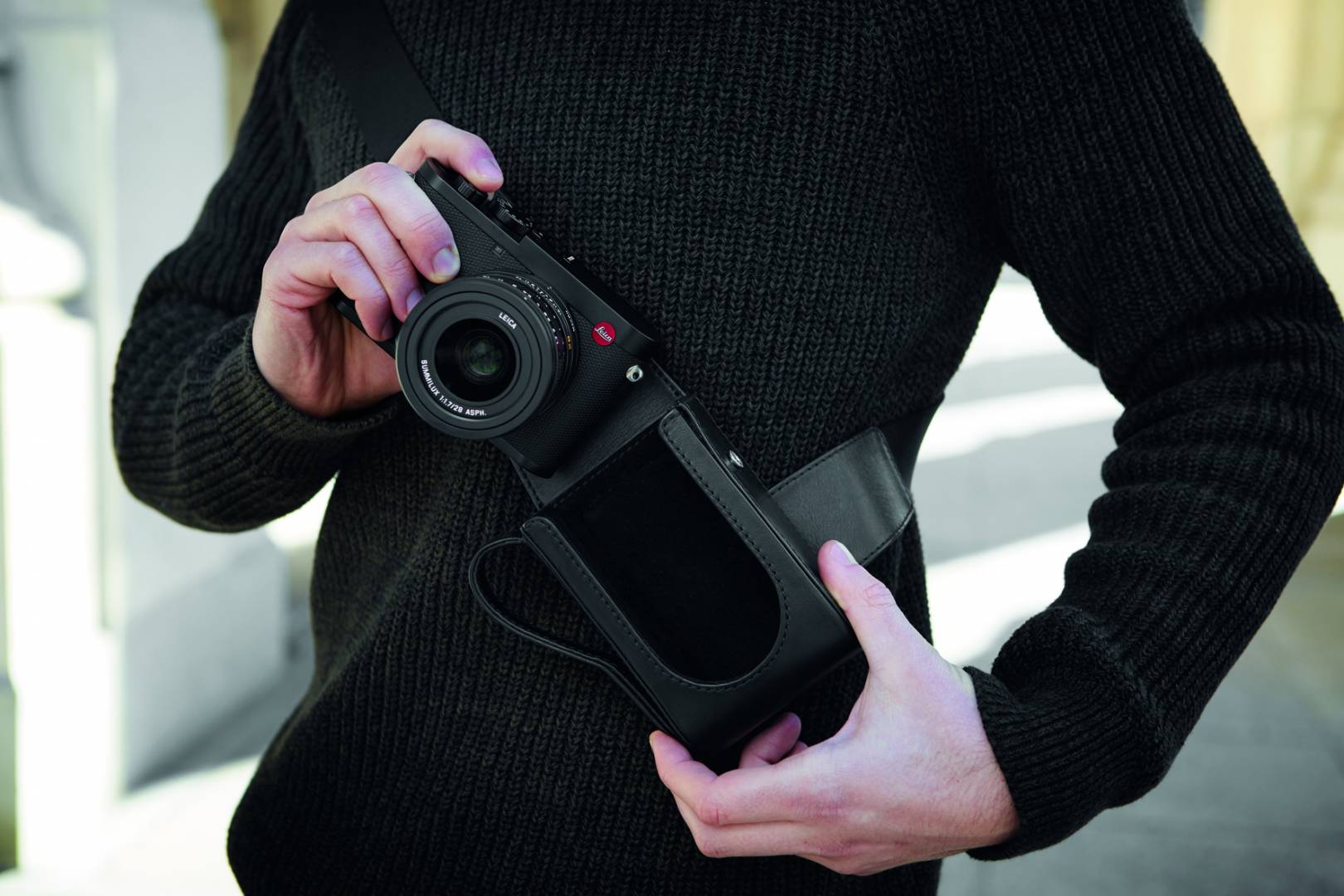
Indeed, the SL continues to enjoy a good life on the second-hand market and I do know some owners who have bought it in preference to the current SL2 which they consider overkill. In the same way, Panasonic has done quite well with both 24 and 47MP versions of the S1 range. I see used values for the Q and SL remaining high for the foreseeable future.
What do you think? Are you happy that there is now a reasonable prospect of the 24MP Ms continuing in production? And would you be interested in a new 24MP version of the Q?

It is interesting to note from a recent article in DPR reporting Japanese sources citing the country’s manufacturers penchant for competing against their own products and shortened product cycles as contributory factors in the hard times they are facing.
Perhaps extended product cycles is a route that Leica should take.
Even though I am not an M9 owner, my first digital Leica was an M8, which comes with all the baggage associated with APS-C/H cropped sensor, and mathematical calculations regarding focal lengths, which I know is not too onerous, even if it is annoying.
However, both myself and others here and elsewhere on the net agree that those cameras produced some of the best pictures, and have agreed that CCD sensors are superior if a bit less flexible.
How about an M10 CCD?
I agree, CCD sensors can be quite interesting and were perhaps abandoned too readily in the pursuit of higher ISO and live view. The rendering from CCD can be quite nice, and if you consider the ISO speeds available for film use, the CCD sensor can seem quite capable.
I am sure the CCD sensor is still the preferred choice over CMOS in some applications, and is still heavily used in other industries. It would be nice to see a more modern version in a more up to date camera for use.
When people get used to forty something, all sweetness of precedents will melt down soon.
I agree with dunk that sensor upgrades are a necessary part of life. The elephant is noise, and noise is not only a function of the actual sensor and amplifier (usually on chip with the photodiode) design, but of the semi foundry process. Having been in that business, process recipes change, and there is zero enthusiasm for keeping the old recipes alive unless the volumes are quite substantial. I doubt that Leica has the volume to support that. Keeping 24 mpx around may simply be that Leica committed to a quantity and they need to use it up or take a contract buyout hit. In an ideal world, if the process improves, it could help out the existing sensor design. However, in my experience, for low volume orders (<100K parts), the whole order would be run and put on the shelf waiting for the release dates. Then again, maybe Leica's vendor cranks these out all the time and Leica is riding on the coattails. So, who knows.
I first worried about file size with my SL2 versus my SL(1). It's a non issue for me. Once you get over storage (RAID arrays!), it fades into the background- storage is cheap. Exception: wireless transfer- that's painful! I did find in Capture 1 that the SL2 images are 'nicer' that the SL1 in tonality. Maybe it's the way Leica is tweaking the image, maybe it's more pixels to de-mosaic yielding better information, maybe Leica's glass is allowed to shine- or all the above. I don't know. But there is a difference. I also find with he SL2 I crop more.
With my M10-P, 24 mp seems to be fine. Can't speak to how C1 would handle the 24 vs the R's 41, but it would be an interesting experiment. I'd love to have some side by side RAW files to play with (same lens).
Bottom line: for me, I'm all for a new sensor if there's a benefit to noise and dynamic range, whatever the pixel count may be.
I am happy with my SL that I use with SL 24-90, Panasonic 70-200 and a Leica M to L adapter and a few M lenses. When SL2 arrived I was attracted to its IBIS, but the 47 MP sensors is a deal breaker for me, as I do not need it. I wish that Leica would make a SL2 with 24 MP. So for the time being I am keeping my trusty SL.
Leica would be insane to get rid of 24MP M cameras. 24MP is the sweet spot for the majority of photographers. I think that 24MP sensors offer a nice balance in noise. detail, reasonable print size for most people, dynamic range, processing speed and resources. There will be enough market for both sensor sizes. Smart people will buy either 24MP or 40 plus MP to suit their real needs. And then there will be the people who buy the most MP thinking they will take better pictures -but be careful what you ask for as 36MP plus show up sloppy camera skills faster than anything else and then there is the inevitable computer upgrades needed including video card if you want any processing velocity.
A sound decision by Leica. A 24mp M10 is certainly the sweetspot for me. That said, the M9 still has huge attraction at a mere 18mp count. In my humble opinion there are very few instance where you would actually need the additional mp’s to improve an image.
For the MP count to keep increasing storage and transfer speeds will probably need to increase at the same rate. And that’s before you talk wireless transfer.
I do think more software updates would help keep owners interested and a belief that Leica was interested in keeping owners in the fold for the next camera. If Leica reads what owners post about their requests I would argue the software to do list is already pretty long for all active models.
As JW pointes out above – fixing the issues with the CL, would improve APS-C sales, and perhaps shift a few new CL’s. Or even make a CL2 a viable production unit. I am convinced that the software fix is also not onerous, but one of choice, and a choice Leica could take simply and easily.
Like Mike B said, more firmware fixes, think CL would benefit the most. Glad they made this decision.
I agree with other commentators that a Q24 in the Q2 body would be a fairly astute business move in my humblest of opinions, and I suspect that they would sell in sufficient numbers to warrant being in the range. However they may cannibalise Q2 sales, but suspect those who buy a Q24, wouldn’t want the Q2 sensor. Certainly I would prefer a 24mp sensor over a larger one. Lets be honest I currently hawk my Df and X both with 16mp sensors and I am happy with the images they both produce. So a large 40mp sensor doesnt float my boat. Less so after watching my son in law wrestle his Sony A7riii with its 42mp files and the endless data storage solutions he needed – more so when he spent a whole day out and chewed up several batteries and cards.
For me I have found a lovely sweet spot in 16mp – the Df is a lowlight super beast even by todays standards, and the X is my walk about beauty. Both provide flexibility, and are decent even in todays heady 40 plus mp sensors.
Forgot to add, I am glad they are keeping the 24mp M going. That is a good move.
24MP is more than enough for my needs, as are the relatively simple and uncluttered operating systems on my Leica cameras.
I’m sure the Sony cameras and the like are great but I just don’t need all that technology to take decent photographs.
I certainly agree with Bryan that there is no need for frequent new models. Perhaps more firmware updates to iron out operating inconsistencies would be more valuable.
I agree that the M10-D or an equivalent should continue. It is one of the most interesting digital cameras.
At this point in digital cameras, I don’t really think there is any need for frequent new camera models. Most available models are plenty capable. Leica should be in no hurry to produce an M11. Let models have longer runs like when film cameras were more common.
This is a very good point, Bryan. As the digital market matures, there is less need for frequent new models. Leica, of all manufacturers, can afford to be more prudent in continuing successful models instead of change for change’s sake.
Tomorrow’s better sensors are in continual development but better does not necessarily mean ‘more pixels’ … can also mean e.g. better colours and better dynamic range. Why use yesterday’s sensors on today’s cameras … especially when other camera manufacturers have ‘got there first’ and thus potentially filled their order books? And if camera manufacturers wait too long to introduce their customers to the latest sensors, sensor manufacturers’ support (for the old sensors) dries up … and same applies to EVFs. All digital cameras have finite lives ‘demand-wise’ and ‘sales-wise’ … even if they remain capable imagers. Leica dealers always have advance orders from their customers for models not yet officially announced … even if some Leica enthusiasts are happy with their older models.
I always remember being stunned by the beautiful images coming out of my D-Lux 4 in 2010, and I looked back a week or two ago at my pictures from Syria that year – the reason I bought the DL4 – and was still amazed. Of course, I’m higher than that nowadays but 16-20MP is fine, and long may Leica stick within the 24MP limit or they will become uninteresting for the likes of me!
A decade ago, 10 megapixels was the norm for non-professional photographers. I recall my amazement, at that time, reading about an American fine-art landscape photographer who was regularly producing mural size prints from his Leica M8 for clients’ walls. We corresponded when I was investigating the use of Alien Skin ‘Blow-up’ as an aid for producing modestly larger files than my M8 could produce unaided. There was typical cynicism expressed by doubters online. So he issued an invitation for those seriously interested in stretching the pixels to visit his studio. One photographer did so and publicly confirmed his claim.
All of this is academic in our technically advanced age. I welcome discussion about the choices of sensible and appropriate sensor sizes. 20 to 25 megapixels is all most users need. Beyond that size, the advantages are mainly to do with cropping potential; and for anyone brought up on the doctrine of ‘fill the frame’, I do not make a habit of using bits of images very often.
Finally there is the question of data storage and processing. I am in the midst of a serious purge of my hard drives, a useful rolling task in lockdown times. It brings home the advantages of M8 and M9 pictures, in storage and processing terms, compared with my later cameras. Furthermore, the older retained files are no less important or valuable than pictures shot on pixel-hungry cameras today. If proven to be true, I would welcome rationalisation around 25 megapixels in size.
I agree that the 16-24 megapixels range, possibly even less, is plenty for most photography uses. The storage and processing requirements are a good point. We also see this resolution craze with motion pictures, with ever (unnecessarily) increasing resolutions. Of course, we also still see an interest in film for motion pictures; but then there is still the question of resolution for a digital intermediate scan.
Canon and Nikon make high resolution models, in the 30-50 megapixels range, but each of their flagship models is around 20 megapixels, which I think they have wisely chosen in the balance of features. Leica would do well to continue a model or models in this “lower” range.
I wonder whether Leica will reconsider a Q24? The biggest objection to the Q2 I read is that potential buyers don’t want/need a 40+MP sensor. How hard would it be to put the Q sensor into a Q2 body?
Not at all hard, I don’t think. And probably even easier to put the old 24MP sensor into the SL2. Let’s wait and see…
I don’t believe there is necessarily a need to have a different sensor. Canon DSLRs have had the ability to produce three different sizes of raw file depending on your need. From memory the small is labelled S-RAW and medium is M-RAW. I haven’t checked if this is carried over to EOS R bodies. So Leica may be able to output a 24MP DNG from a 47MP sensor for those occasions when you don’t want or need a massive file.
I don’t believe there is necessarily a need to have a different sensor. I recall Canon DSLRs have had the ability to produce three different sizes of raw file depending on your need. From memory the small is labelled S-RAW and medium is M-RAW. I haven’t checked if this is carried over to EOS R bodies. So Leica may be able to output a 24MP DNG from a 47MP sensor for those occasions when you don’t want or need a massive file.
If the M10-D had a functioning advance lever so that, like film, you re-cocked the shutter, I would have been there with that model. That would have been perfect, the experience of a film M and the convenience of a digital.
I have it on reliable authority that this was considered but discounted for technical reasons. I agree, though, it would have been a neat idea. Despite this, the M10-D is a great little camera and proves more or less the same user experience as an M7.
I have just bought a 50MP digital back for my Hasselblad 503: Hasselblad’s CFV 50C. I love that you can mate a modern, digital sensor with a completely manual camera that still requires cranking by hand, or swap the digital back for a medium format film back when you want an analogue experience. Hasselblad bodies and lenses are relatively inexpensive today, though version 2 of the 50MP back – due to be released Q3 this year – is likely to cost £5200. So maybe £7,000 ‘all in’ for a nice body, digital back and lens. My version 1 digital back cost considerably less.
Maybe Leica could design a wafer thin digital back (24MP, of course) for my beautiful 1962 Leica M3. Now there’s a truly captivating thought….
This could be interesting for the haptic experience, but is there any camera that actually cocks an electronic shutter? I know there are some electronic shutter cameras with manual film advance, but I don’t know if it also physically cocks an electronic shutter.
Yes the Epson rd1.. Need to cock the shutter
Let’s not confuse mechanical shutters with electronic control of the shutter speed (which is what Leica uses in all digital Ms, and in the M7) with electronic shutters (which mean that there is no physical shutter (blades or curtains), the exposure starts and ends when the reading of the sensor starts and ends – this is what all cell phones do).
Mechanical shutters with electronic control of the shutter speed do need to be cocked. They have no lever to do so because they use an electric motor. Do you remember that noise of the M8 after each click? That was the motor re-cocking the shutter. Later models made it more and more silent, but the shutter still needs to be cocked even in the M10.
So a lever would not be just a haptic experience, but removing a motor and reducing the power consumption.